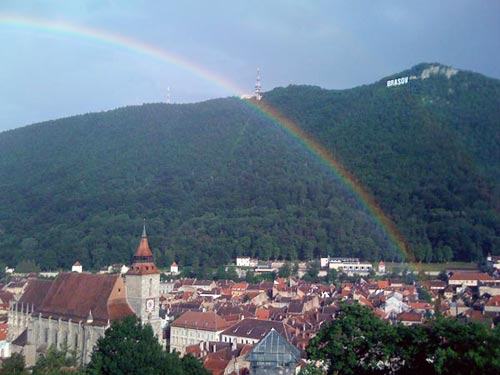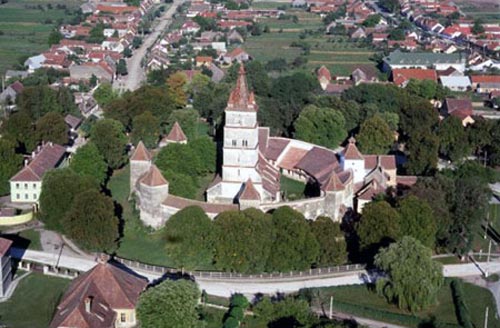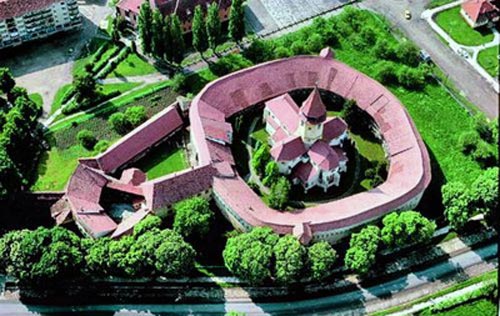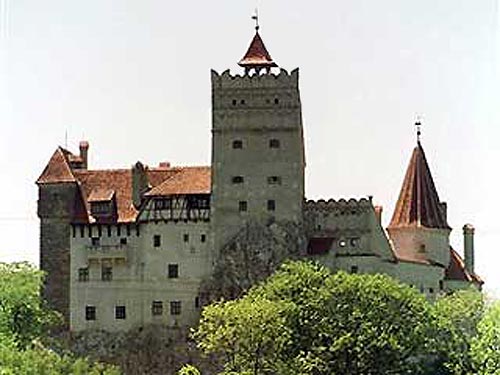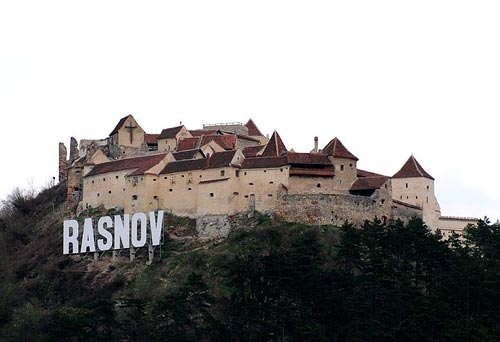Brasov Day Trips / Brasov Day Tours
- Day trip - Castle Tour
- Day trip - Saxon Villages Tour
- Day trip - Medieval UNESCO Tour
- Day trip - Medieval Tour
- Day trip - Fagaras County Tour
- Day trip - Dracula Tour
- Day trip - Fortified Churchies Tour
- Day trip - Transylvanian Alps Tour
- Day trip - Relaxation Tour
- Day trip - Hunyad Castle Tour
- Day trip - Natural Wanders Tour
- Day trip - Explore Transylvania Tour
- Experience wildlife: Bear watching
- Day trip - Saxon Churches Tour
- Day trip - Bran Castle Tour
- Day trip - Peles Castle Tour
- Unforgettable memories: Horse riding
- Adrenalin rush: Paragliding
- Day trip - Airport transfer
BNR Exchange Rate 22.01.2025
Taking a Tour in Brasov...
Search your Brasov Tour
Brasov Day Trip Tours in Transylvania
Saxon Villages Tour
Tour route:
Brasov - Harman - Prejmer - Bran - Rasnov
Included in Saxon Villages Tour:
- pick-up from any address in Brasov - transportation
Tour duration:
full day
Period:
all year
Brasov tour departure:
9 AM - meeting point or any other address in Brasov
Price:
2 persons 48€/person 3-4 persons 36€/person 5-8 persons 32€/person
Tour photo gallery:
Tour details:
Harman Fortified Church
The church was built in Roman style between 1500 and 1520 with 5 meter thick and 12 meter high walls. Harman Fortified Church has an inner church that was erected in Roman style by the Cistercian monks between 1280 and 1290 and was later rebuilt in Gothic style. A strong peasant citadel was built around the church between 1500 and 1520. A few Roman column capitals were kept inside the church, and some corbel pieces with carved grotesque heads were preserved in the vestry. There is also a funeral chapel with Gothic mural paintings (1460-1470), having the "Last Judgement" for a theme.
Prejmer Fortified Church
Prejmer Fortified Church is definitely the most impressive fortified church in Transylvania. The construction works began in 1427 and ended during the 16th century, making it one of the strongest churches in Transylvania at the time. The church had 14 meter high and 6 meter thick surrounding walls and it was protected by defence towers and a deep water ditch. The fortifications and the church are nowadays in the UNESCO world patrimony.
What's really interesting about this fortified church is that within the walls are 272 chambers, and each one is numbered exactly as the houses in the village.
Bran Castle (Dracula's Castle)
Medieval Bran Castle, located in Bran, which belonged to Vlad III Tepes, is a popular tourist destination as it is purported setting for Count Dracula, in Bram Stoker's Dracula.
Built on a cliff lying across the valley, Bran Castle overlooks the surrounding area. The construction of the citadel was dated November 19, 1377. Conceived as a border citadel that also lodged the customs, this citadel belonged with Brasov City for long periods of time, bringing significant contributions to its treasury. The citadel had four towers, and it could be entered on a draw-bridge. The Gothic portals, the narrow staircases (some of which secret) carved right in the stone, vaulted halls, archways and other architectural elements make it a most exquisite and impressive ensemble. The fame of this place has grown with the time thanks to the feudal art items (including mural paintings dating from 1512) and the exhibits presented here: weapons (a canon from 1601), carpets and furniture items representative of the Renaissance and Baroque styles, and a music hall with Gothic elements. The Castle enjoyed much attention especially while it belonged to the Romanian royal family. The legend that increased the fame of the castle was Dracula's legend, associated to the Romanian Prince Vlad Tepes. An ethnology museum was arranged in the park of the castle to evoke the life of the inhabitants of the close-by area.
Rasnov (Peasant Fortress)
Rasnov Fortress is located at about 15 km from the city of Brasov and about the same distance from Bran, on the road that links Wallachia and Transylvania.
Saxons first settled in Transylvania in the 11th century, and the Saxon town of Rasnov was founded in 1225. Following the first Tartar invasion of 1241, a series of fortresses were constructed by the Teutonic Knights to defend the people. Rasnov Fortress is one of these peasant fortresses. This castle differs from some in that it was meant to be a place of refuge for the commoners from sieges over extended periods of time. As such it had at least 30 houses, a school, a chapel, and other buildings more commonly associated with a village. The citadel was conquered only once in its history, around the year 1600 by Gabriel Bathory.
There is a myth attached to Rasnov Fortress. During a particularly long siege of the fortress, the citizens of Rasnov were concerned about the lack of available fresh drinking water. Two Turkish soldiers, having been captured earlier, were put to the task of digging a well in the centre of the fortress. These two men were assured that they would be given their freedom once the well was completed. According to local legend, it took them 17 years to finish the well, but they were still killed afterwards. This famous well still sits in the centre of Rasnov Fortress, and is 143 metres deep.
Reccommended day trip tours from Brasov




 = 4,9764 LEI
= 4,9764 LEI 
 = 4,8074 LEI
= 4,8074 LEI 
